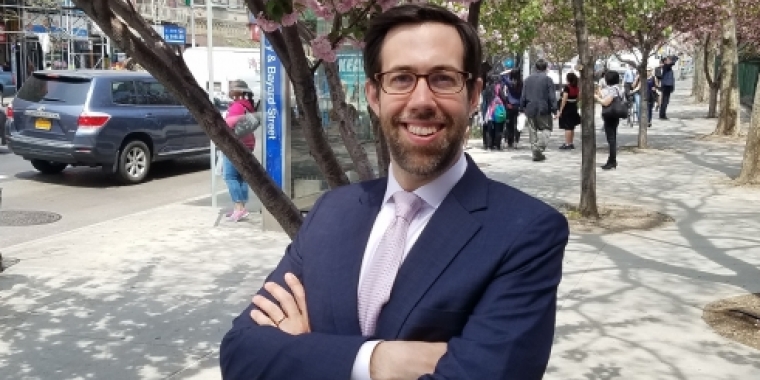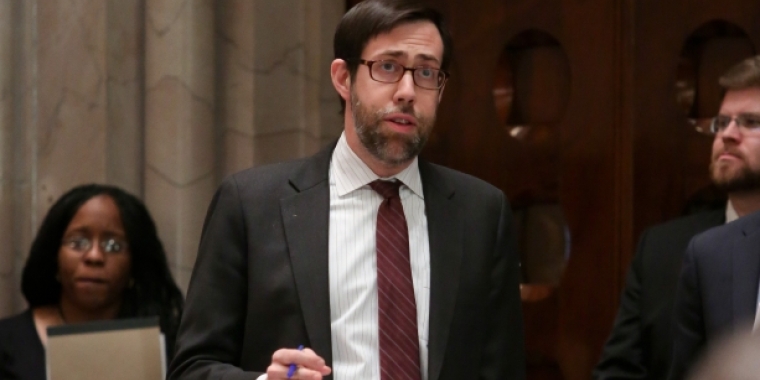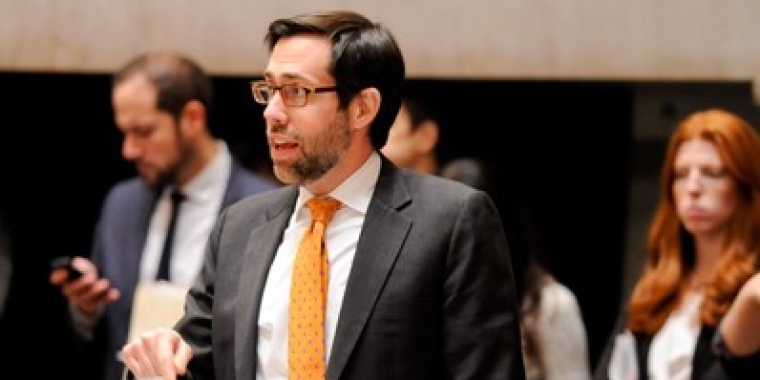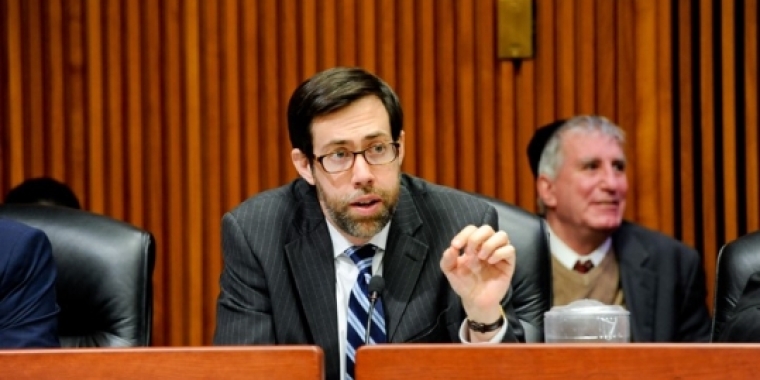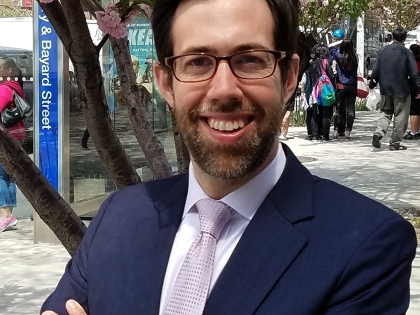
Bring Back F Express? Not So Fast
Feature Article in the Cityroom Blog
By Michael M. Grynbaum
“F train express.”
To the long-suffering straphangers on the city’s worst performing subway line, it’s an oxymoron. To Mayor Michael R. Bloomberg, it’s a crowd-pleasing campaign pledge.
But can it become a reality?
A generation of Brooklynites has grown used to a demoralizing sight on their morning commute: two tantalizing express tracks, unused and neglected, outside their windows as the F local trudges along stop by stop on its way to Manhattan. “Looking out the train, when you’re getting stuck in the tunnel, and seeing that extra track, is frustrating,” said State Senator Daniel L. Squadron, who has helped lead a community effort to bring back the faster service.
Indeed, the express F train was once a living entity. Its demise dates to the early 1980s, but before that, passengers enjoyed a swift trip from Borough Hall to the Kings Highway station, with only four stops, at Bergen Street, Seventh Avenue, Church Avenue and 18th Avenue, in between. (Today’s trip involves 15 stops.)
Last month, bright orange posters from the Bloomberg campaign began popping up along the route, promising relief to weary commuters (and potential voters). “Tired. Of. Wasting. Time. With. The. Local?” they asked.
As part of his re-election effort, the mayor is calling for the restoration of express F service. For riders at the bypassed stations, Mr. Bloomberg wants the V line, which currently ends on the Lower East Side, to continue along the F route and run local through Brooklyn.
Community activists in Carroll Gardens, Park Slope and downtown Brooklyn have been calling for a similar plan for years. So what’s the holdup? Construction, namely, and the acts of God that seem to have bedeviled city transit projects since the earliest days of the underground.
The authority originally hoped to bring back F express service in the late 1990s, but a control room fire at the Bergen Street station in 1999 destroyed switching equipment that hobbled the plans for years.
Now the renovation of the Culver Viaduct, the partially crumbling bridge over the Gowanus Canal, is covering or tearing up tracks between the Smith-Ninth Street and Fourth Avenue stations, making it impossible to run local and express trains simultaneously, according to New York City Transit.
The express tracks at Bergen Street, furthermore, are on a lower level that has been abandoned for years. Subway buffs say the platform would have to be cleaned and retiled before passengers could start using it.
The Culver renovation project is not scheduled to be finished until 2012, which would seem to make Mr. Bloomberg’s pledge akin to a student council nominee calling for popsicles in the school cafeteria.
But his campaign says that the mayor can influence the priorities of the Metropolitan Transportation Authority, where he controls 4 of 14 board votes.
“The mayor’s appointees will work to make sure that, as the construction nears its end, the M.T.A. definitively plans for and allocates funding towards restoring the service,” Michael Levoff, a spokesman for the Bloomberg campaign, wrote in an e-mail message.
Still, there are other concerns. Extending the V line into Brooklyn would require more trains and manpower, meaning higher costs for the transit agency. Mr. Bloomberg’s campaign has not mentioned contributing city funds to help pay for the added service.
“Right now as we’re speaking, it’s an impossibility,” said Gary Reilly, a lawyer and transit buff who started a petition in 2007 to get express service restored. He said the mayor’s support was encouraging.
But 2012 may not come soon enough. “People are coming up to me and saying that for the first time in their lives, they’re choosing the G train,” Mr. Squadron said.
